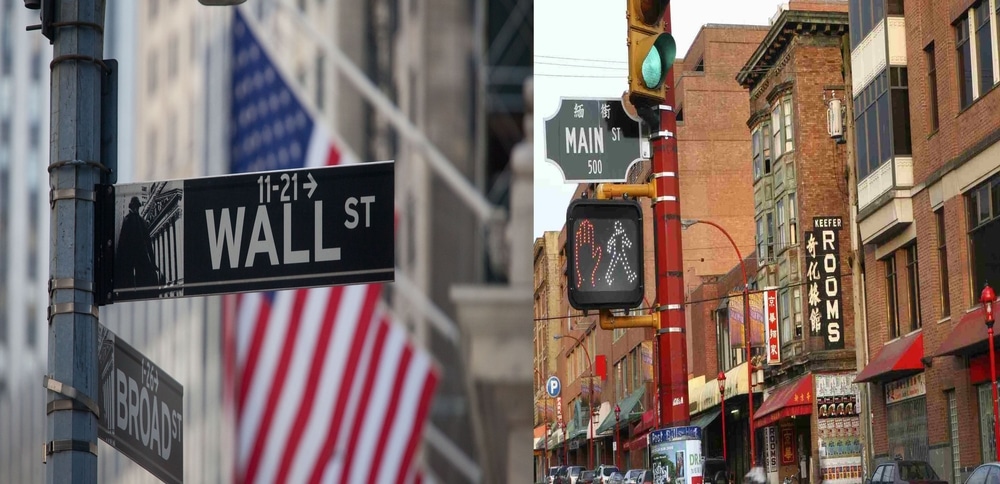By Dom Serafini
The U.S. entertainment industry, like many other sectors, went from being valued in the millions to evaluations in the billions in just over 34 or so years. In 1966, for example, Paramount was sold to Gulf + Western for $125 million, the equivalent of $1 billion in today’s dollars. At that time, a teacher’s salary in a U.S. public school was $6,485 a year. (That would be $53,123 a year in today’s dollars.)
In 2019, Viacom, Paramount’s parent company, was acquired by CBS for $11.8 billion. The all-stock deal was structured as an acquisition of Viacom by CBS. The deal valued Viacom at $11.8 billion. That same year, a teacher’s salary in the U.S. averaged $65,000, reaching a maximum $87,000. So, while teachers’ salaries have increased by around 22.5 percent in constant 2019 value, Paramount’s value increased a whopping 1,080 percent in 53 years.
The inflated value at other U.S. studios was even more startling. In 1966, Warner Bros. was sold for $32 million. Three years later Steve Ross acquired it for $400 million (about $3 billion in 2021 dollars). In 2018, AT&T paid $85 billion for Warner Bros., an increase of 2,733 percent in 39 years.
In 1981, 20th Century Fox was sold to Marvin Davis for $720 million. Four years later, Davis sold it to Rupert Murdoch in two tranches: one for $250 million, and the second for $325 million. The total sum is equivalent to $1.4 billion in today’s money. In 2019, Walt Disney acquired 20th Century Fox for $71.3 billion, an increase of 4,928 percent in 34 years.
In 1966, the average price per square foot for a New York City apartment was $25, or $205 in today’s money. In 2019, the average square footage for the same apartment was $1,660. In effect, while a teacher’s salary increased 22.5 percent, the cost of living in NYC increased 709 percent to $1.6 million for a 1,000-square-foot (93-square-meter) apartment (from $205,000 in adjusted value).
This development is defined as stagnation for wages and inflation for stocks and cost of living. And it all began 50 years ago in 1972 when shareholders started to become dissatisfied with dividends and preferred stock growth instead. But there are other explanations, like those expressed by French economist Thomas Picketty’s 2013 book Capital in the 21st Century, which was also the subject of a Netflix documentary. One of the reasons is that wealth tends to accumulate more quickly from the rate of return on capital than from labor, therefore rich people prefer to invest in the financial economy and not in the real economy.
But most importantly, however, is the lack of regulations. In the case of television, for example, when media companies’ values were leveled with average salaries, television was considered a well-regulated public service. With deregulation, it became a business service, which, coupled with reduced taxation for the rich and the development of tax havens, made idle capital flow towards the stock market for the above reason, that it offers better returns than the labor market. In addition, untaxed earnings could be considered newfound money, therefore unproblematic if placed in risky, but high-yielding financial products, which, in turn, encourage speculative transactions that spur short- or medium-term price increases.
And this takes us to an interesting discovery as to how “capitalists” use conservative political parties’ narratives to influence the voting of the labor market by leveraging populist sentiments (crime, socialism, immigration, the Second Amendment, unions, etc.) in order to achieve their goals of deregulation and reducing taxes for the rich, which allows a handful of capitalists to accumulate more wealth… with great risks for society as history has repeatedly demonstrated.


Leave A Comment